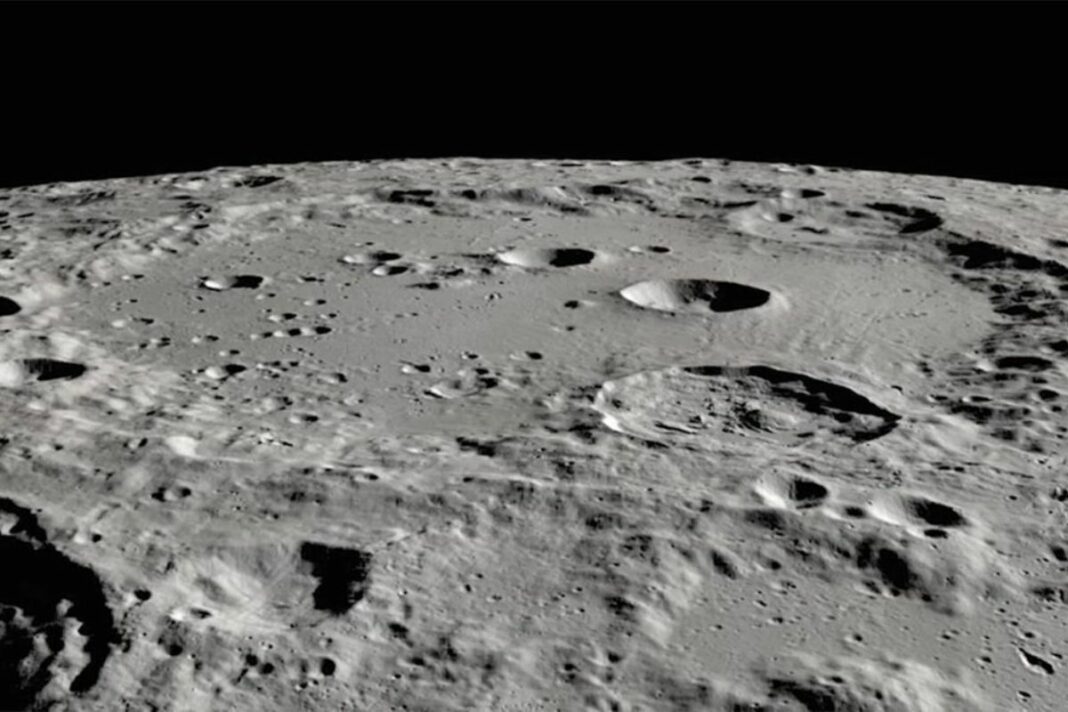Chandrayaan-3: Several days after the Chandrayaan-3‘s Vikram lander registered a “natural” seismic occurrence on the Moon, scientists have disclosed that the Moon is far from being tranquil. They have informed that the lunar surface regularly undergoes “thermal moonquakes” due to extreme temperature fluctuations. Francesco Civilini, a recent postdoctoral researcher at Caltech, has spearheaded a study that has now been published in the Journal of Geophysical Research.
Extreme fluctuations on temperatures
Due to the absence of an atmosphere on the Moon to moderate its temperature, it experiences extreme fluctuations, ranging from a scorching 120 degrees Celsius during the day to a bone-chilling -130 degrees Celsius at night. These dramatic temperature shifts result in the expansion and contraction of the lunar surface, giving rise to subtle tremors and fissures referred to as thermal moonquakes.
The study sourced its data from seismometers that were originally deployed on the Moon by the Apollo 17 mission back in the 1970s. This dataset, which had largely remained untouched, underwent a reevaluation utilizing contemporary methods, including machine learning. The research uncovered a noteworthy pattern, revealing that thermal moonquakes exhibit a strikingly consistent occurrence every afternoon, coinciding with the Sun’s descent from its zenith in the sky and the subsequent cooling of the lunar surface.
NASA planning to send Astronauts to the moon
Nonetheless, the study also identified an extra source of seismic activity during the morning hours that exhibited distinct characteristics compared to the evening moonquakes. Upon closer examination, these morning vibrations were determined to be unrelated to thermal moonquakes but instead resulted from the Lunar Module used by the Apollo 17 mission as it warmed and expanded during the morning hours, producing detectable creaking vibrations that were picked up by the seismic array.
This finding holds immense significance, particularly in light of NASA‘s imminent plans to send astronauts back to the Moon through the Artemis missions and eventually establish a lunar base. Gaining a comprehensive comprehension of the thermal contraction and expansion phenomena that future lunar landers and equipment will need to endure becomes absolutely paramount. Additionally, the study highlights the valuable insights seismic waves can offer regarding the subsurface characteristics of the lunar environment, further informing the planning and execution of these ambitious lunar endeavors.
Keep watching our YouTube Channel ‘DNP INDIA’. Also, please subscribe and follow us on FACEBOOK, INSTAGRAM, and TWITTER


